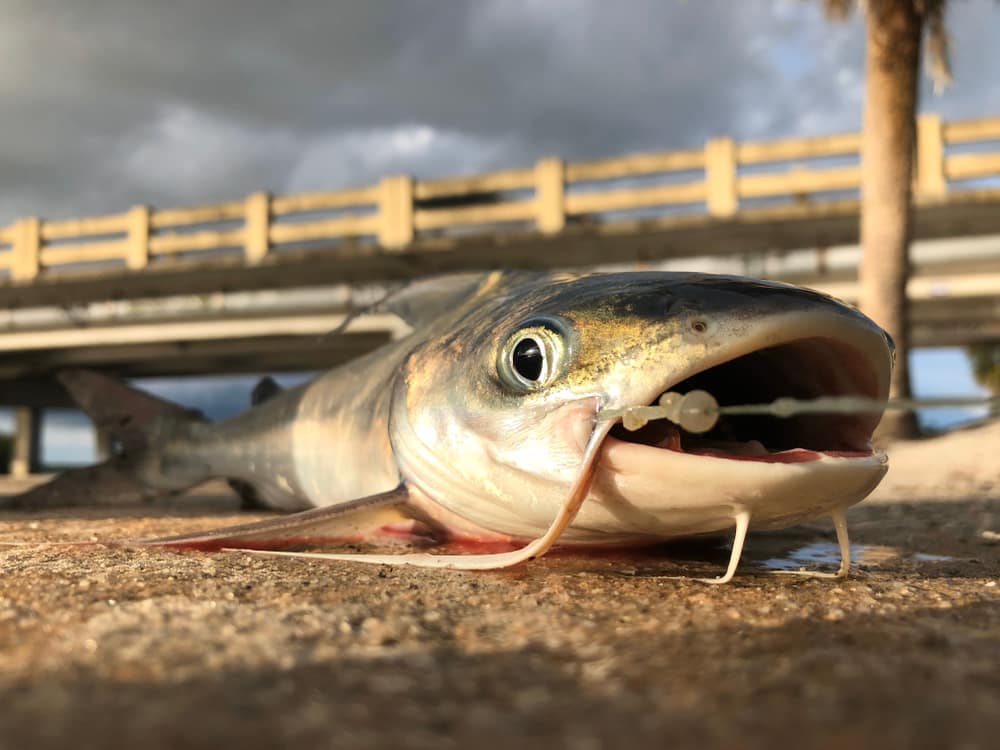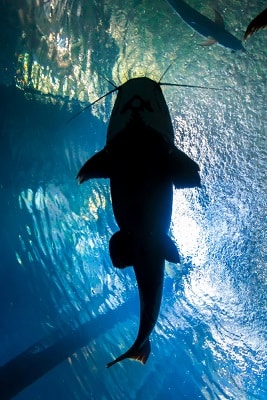
Fly fishing for catfish remains one of the most popular ways to enjoy catfishing. It offers a unique style of fishing that beginners are instantly intrigued by and provides several benefits that anglers will not enjoy when they utilize other styles of catfishing.
Fly Fishing for Catfish
What is Fly Fishing?
Fly fishing is similar to spin fishing in that an angler baits the hook and wants to catch catfish. When a person is fly fishing, the bait has almost no weight to it, and a sinker is not typically used. Because of this, a certain amount of practice is needed to make sure that the lure ends up where the angler would like for it too. Different equipment is also needed.
Insect Lures
Fly fishing gets its name from people using fake flies to catch fish. However, this term has expanded to include various types of insects that are used as bait, including fake insects. Because flies are so light, a special type of fishing, known as fly fishing, was developed to accommodate the differences.
What Equipment is Used for Fly Fishing?
Instead of a standard rod and reel, anglers that would like to enjoy fly fishing will need a rod and line designed specifically for fly fishing. This is because the line is the weight that is used to propel the bait forward instead of the lure or sinker. The line will often weigh more, hence why it is necessary to purchase equipment specifically for fly fishing.
Casting is Important
Knowing how to properly cast remains one of the most important parts of fly fishing. How you cast your line will help determine where your fly ends up, and whether it is near the catfish hole or not. Because fly fishing is common for shallow waters, it can be easy to overcast and end up with your line tangled in the weeds along the shore line. Taking ample time to practice fly fishing techniques before heading out on the lake for the day will help guarantee success.
Not for Bottom Feeders
Most people make the mistake of assuming that fly fishing is just like regular fishing for catfish, but they could not be more wrong. Often, spin fishing involves a sinker to help the bait drift to the bottom of the lake, enticing bottom feeders. Fly fishing, on the other hand, involves bait with little weight to it. This means that casting in the middle of the lake for the same fish that sinking lures attract is going to end in an angler going home empty-handed.
Instead, use fly fishing techniques to tantalize fish that are already out in the open, such as the ones that are in shallow water and already hungry. These are the catfish that are more likely to go after a bait that is floating along the top of the water.
Mandatory in Some Areas
As the popularity of fly-fishing increases, most states have observed that it is less harmful to the overall population of fish. Because of this, many states are only allowing fly fishing in specific areas. This makes it an important skill to learn.
Related Video:
